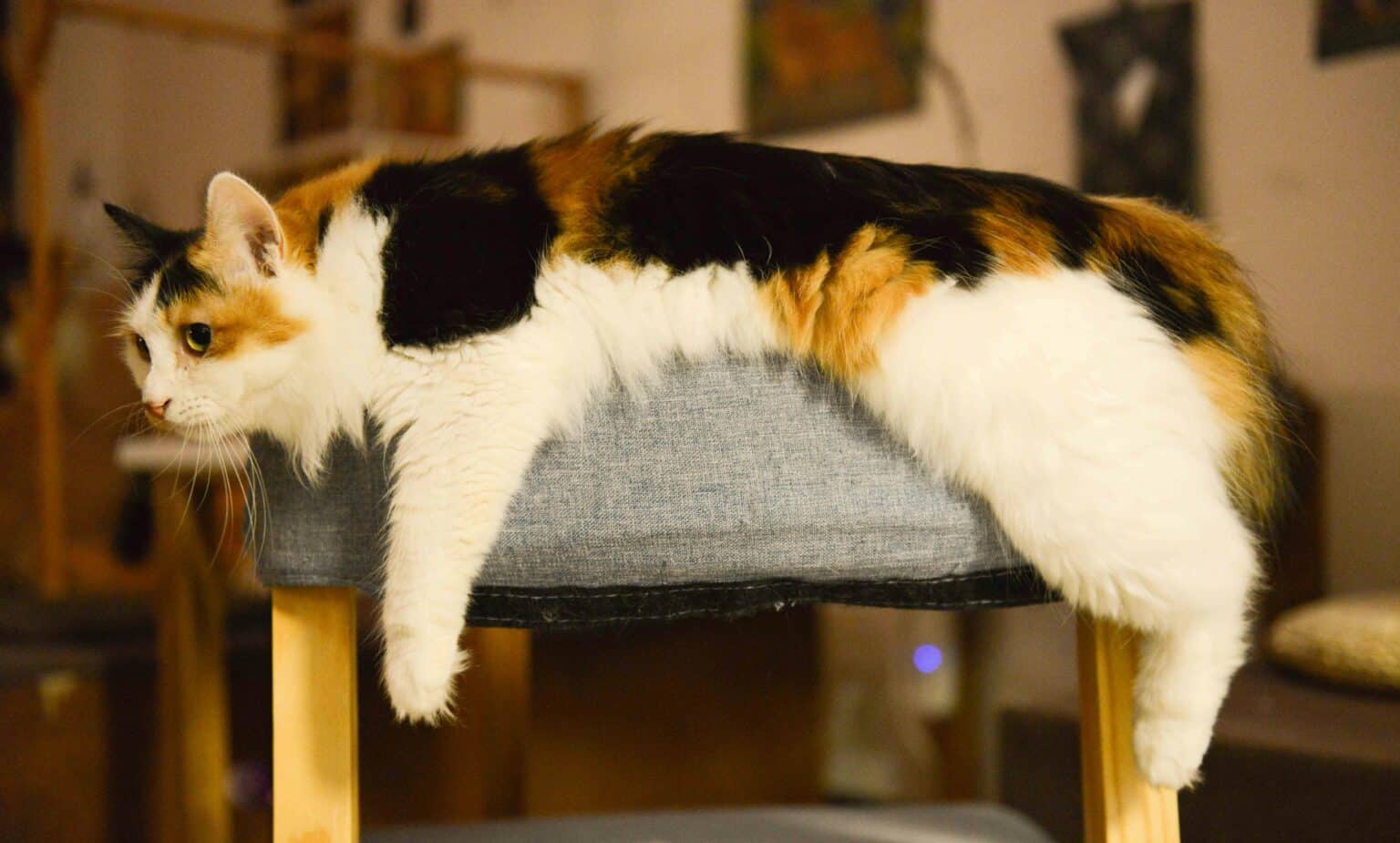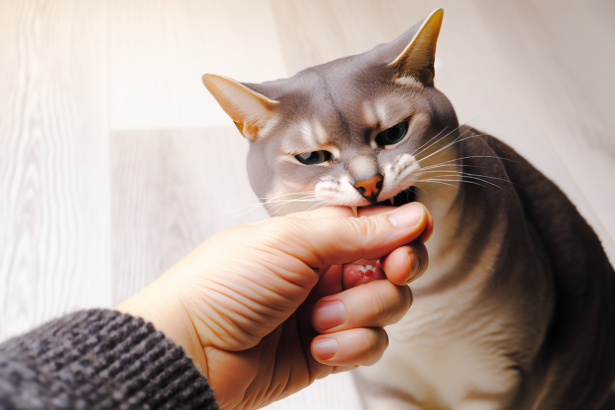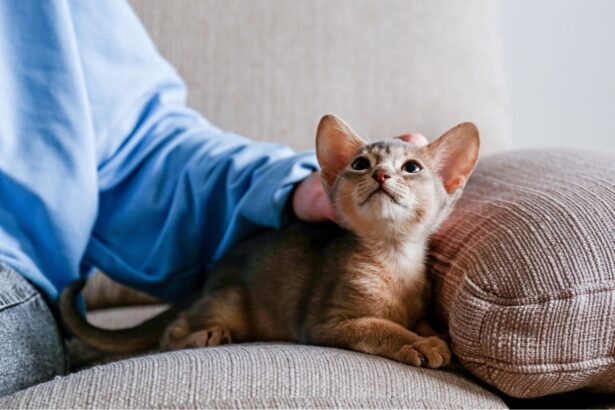Meet the Isabelle cat, better known in English as the calico: a tricolor beauty that turns heads and melts hearts. Not a breed, but a coat pattern, she wears white with splashes of black and orange—or dreamy pastels in her dilute version. Curious about her charm, her myths, and how to care for her? Let’s curl up and explore.
- What exactly is an “Isabelle” cat?
- A tiny dose of genetics (promise, it’s painless)
- Where the name “Isabelle” comes from
- Looks you’ll love: patches, pastels, and everything in between
- Personality: myth vs reality
- Care, health, and the little details that count
- Adopting and welcoming your Isabelle cat
- Fun (and lucky) little facts
- The heart of the matter
What exactly is an “Isabelle” cat?
In short: “Isabelle” describes color, not pedigree. Most calicos display white fur with distinct black and orange patches. Dilute calicos swap those bold colors for soft cream, blue-gray, and apricot.
Calico patterns appear across many breeds and mixes—short-haired, long-haired, tiny, or plush. Personality comes from the individual cat, her breed background, and early socialization, not her color alone.
Want to go deeper into patterns and names (tabby, tortie, bicolor)? This guide to cat coat colors will be your new favorite bookmark.
A tiny dose of genetics (promise, it’s painless)
That tricolor magic is tied to the X chromosome. Since females have two X chromosomes (XX), most calicos are female. Males (XY) almost never show three colors.
On the rare occasion you meet a male calico, he’s typically XXY—a genetic condition sometimes linked to infertility. He’s special, but not a separate breed or a guarantee of good luck.
Surprising, right? A coat pattern shaped by chromosomes—and nearly always a she.
Where the name “Isabelle” comes from
The term echoes the French use of “Isabelle” or “isabelline” for pale, tawny tones. Over time, the nickname stuck to tricolor cats too. As for romantic legends? Some link the name to Spanish royalty—an amusing story often repeated, but not something we can confirm.
What matters most is what you see: a gorgeous palette that feels a little like spring and a lot like love.
Looks you’ll love: patches, pastels, and everything in between
Calicos can be high-contrast with bold patches, or softly blended if they’re dilute. Eye color varies by breed and individual, and coat length can be anything from sleek to cloudlike.
Care is simple: regular brushing, a balanced diet, play, and routine vet visits. Because “Isabelle” is a color only, there’s no specific health issue tied to it—focus on overall feline wellness.
For a glow-up that even your cat approves of, peek at this gentle, step-by-step cat grooming guide.
Personality: myth vs reality
Ever heard of “tortitude” (the sassy reputation of tortoiseshell/calico cats)? Many guardians swear by it, but science doesn’t stamp personality by color. Your Isabelle may be outgoing, princess-soft, or quietly witty—it’s her story to write.
What shapes temperament most? Early socialization, confidence-building play, and a stable environment. Hint: a daily play ritual works wonders for bond and behavior.
Love reading feline feelings? You’ll enjoy connecting the dots with purrs—start here: why cats purr.
Care, health, and the little details that count
Because color isn’t a diagnosis, think whole-cat health: high-quality food, regular dental care, enrichment, and yearly checkups. Watch weight, hydration, and litter habits—they’re great early clues.
If you live with a rare male calico, ask your vet about potential XXY-related concerns. Most Isabelle girls, however, simply need the same good care as any beloved cat.
The practical tip you’ll actually use
- Stain-safe cuddle routine: After meals or outdoor adventures, gently wipe white areas with a barely damp microfiber cloth, then brush. It keeps white fur bright without over-bathing.
- Follow with a 2-minute play burst and a treat—your cat will start asking for her beauty ritual.
A common mistake to avoid
- Don’t shave a double coat “to reduce shedding.” It can damage fur, upset natural temperature control, and doesn’t stop shedding. Choose a deshedding session once or twice a week instead.
Thinking about bringing an Isabelle home soon? Read how to introduce a new kitten for a calm, confident transition.
Adopting and welcoming your Isabelle cat
Start with love and a little layout magic. Prepare a safe room with a cozy bed, litter box, water, food, and hiding spots. Add vertical space and a window perch if you can.
Use scent swapping and gradual door introductions, then supervised meetings. Keep sessions short and sweet; let your Isabelle set the pace.
Many calicos wait in shelters and rescues—adoption is a beautiful way to let her choose you.
Fun (and lucky) little facts
- Mostly girls: Around 99% of calicos are female due to X-linked color genetics.
- Any breed, many looks: From American Shorthair to Persian mixes, the tricolor can pop up almost anywhere.
- Good-luck vibes: In several cultures, calico cats—like the iconic Maneki-neko—are seen as symbols of fortune.
- Calico vs tortoiseshell: Torties have black and orange, usually with little to no white; calicos are tricolor with plenty of white.
Curious about her tortie cousins? Here’s a friendly tour of the tortoiseshell cat for comparison.
The heart of the matter
The Isabelle cat isn’t a breed—she’s a captivating color story. Raise her like the unique individual she is, and she’ll return the favor with purrs, mischief, and a lifetime of soft moments.
FAQ
Is an Isabelle cat a breed?
No. “Isabelle” (calico) refers to a tricolor coat pattern, not a pedigree. Many breeds and mixes can be calico.
Why are most Isabelle cats female?
The black and orange color genes sit on the X chromosome. Females (XX) can show both; males (XY) almost never do.
What’s the difference between calico and tortoiseshell?
Calicos are tricolor with lots of white; tortoiseshells are mainly black and orange with little to no white.
Are male Isabelle (calico) cats rare?
Yes. Male calicos are uncommon and often XXY, which can be linked to infertility. They’re unique, but not a separate breed.








